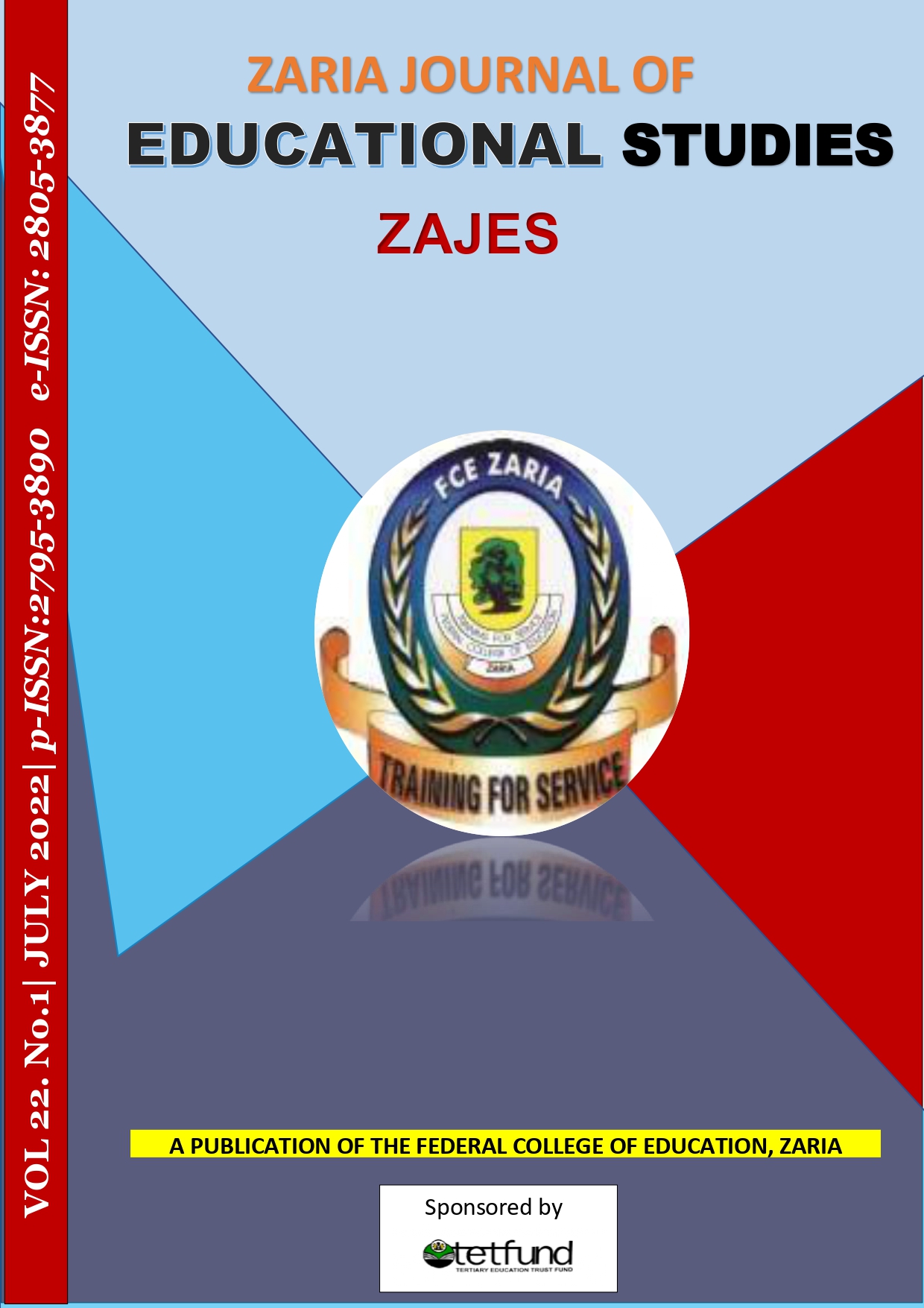Colour as Instructional Strategy for Developing Language Skills for Functional Literacy among Children
Keywords:
Colour, Instructional strategy, Language skills, Functional literacyAbstract
This study examines the wonders of colour as an active instructional strategy for developing language skills for functional literacy among primary school children in Owerri Urban. The study seeks to proffer answer to the question, does colour impact the learners performance in literacy skills in the study area? The design for the study was quasi-experimental research. The design aimed to enable the researchers utilize different learning strategies with different colours to teach the children, test their level of comprehension and performance in terms of identification, spelling, reading, writing and recalling of words. The population for the study consists 1,710 basic 1-3 puplis, the sample size of the study was 70 pupils. Three major objectives and three null hypotheses were formulated to guide the study. The theoretical framework guiding the study is Dewey 1913 theory of “Learning by doing” which is anchored on the learners' interest. The Analysis of Covariance (ANCOVA) was adopted to analyse the hypotheses. The finding revealed that children’s abilityto identify words is affected by the colours with which the words are printed. The children’s ability to spell, read, draw, colour objects and write their words is affected by colours with which the words are printed. Also, the children’s ability to recall words is affected by colour. Based on the results, some recommendations were made, among which are that old and new teachers and trainee-teachers should explore the magical effects of colours and their instructional relevance. Efforts should be geared towards utilizing the advantages of colours in planning and delivering of the instruction.

